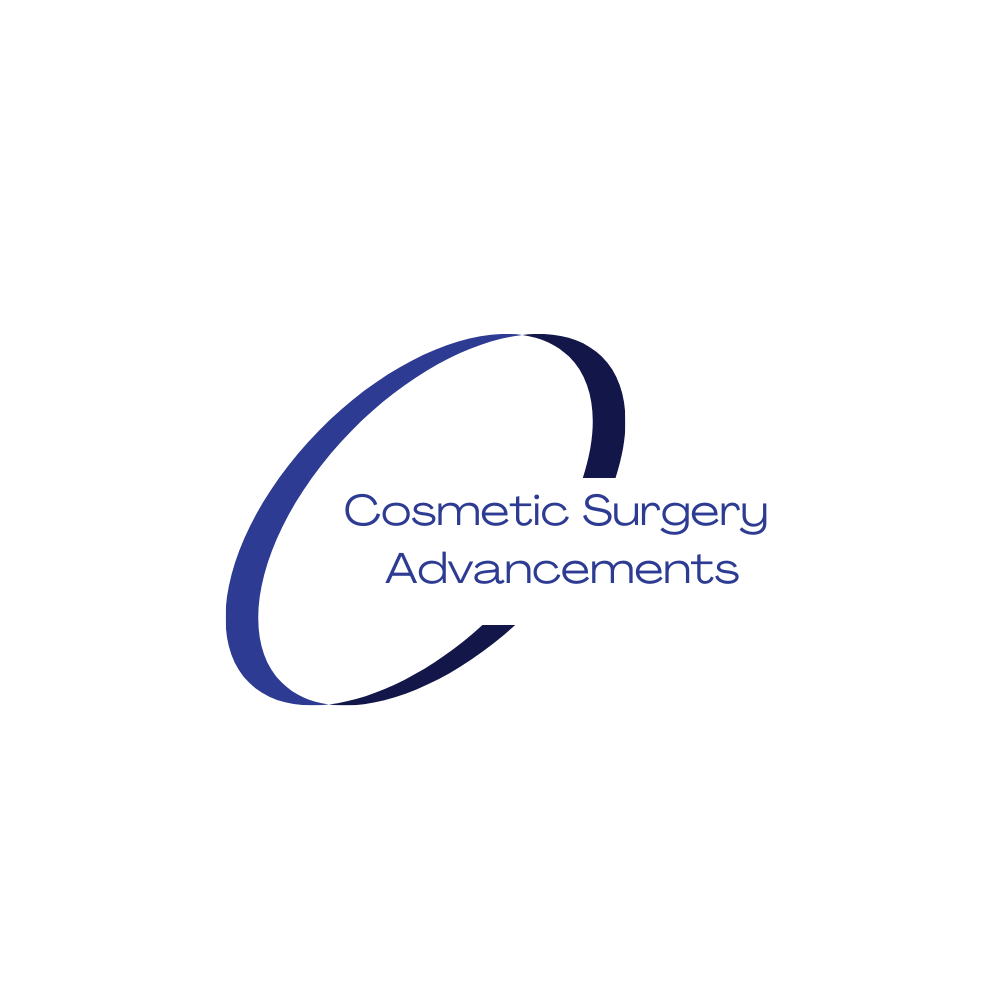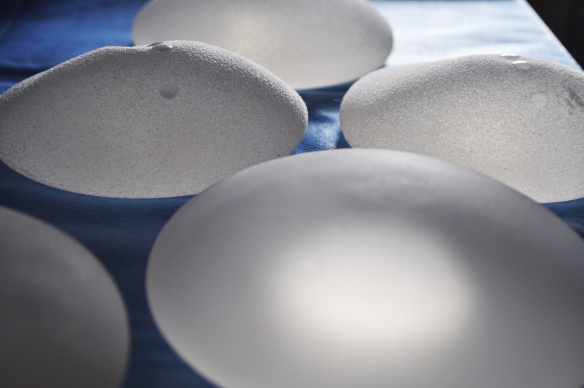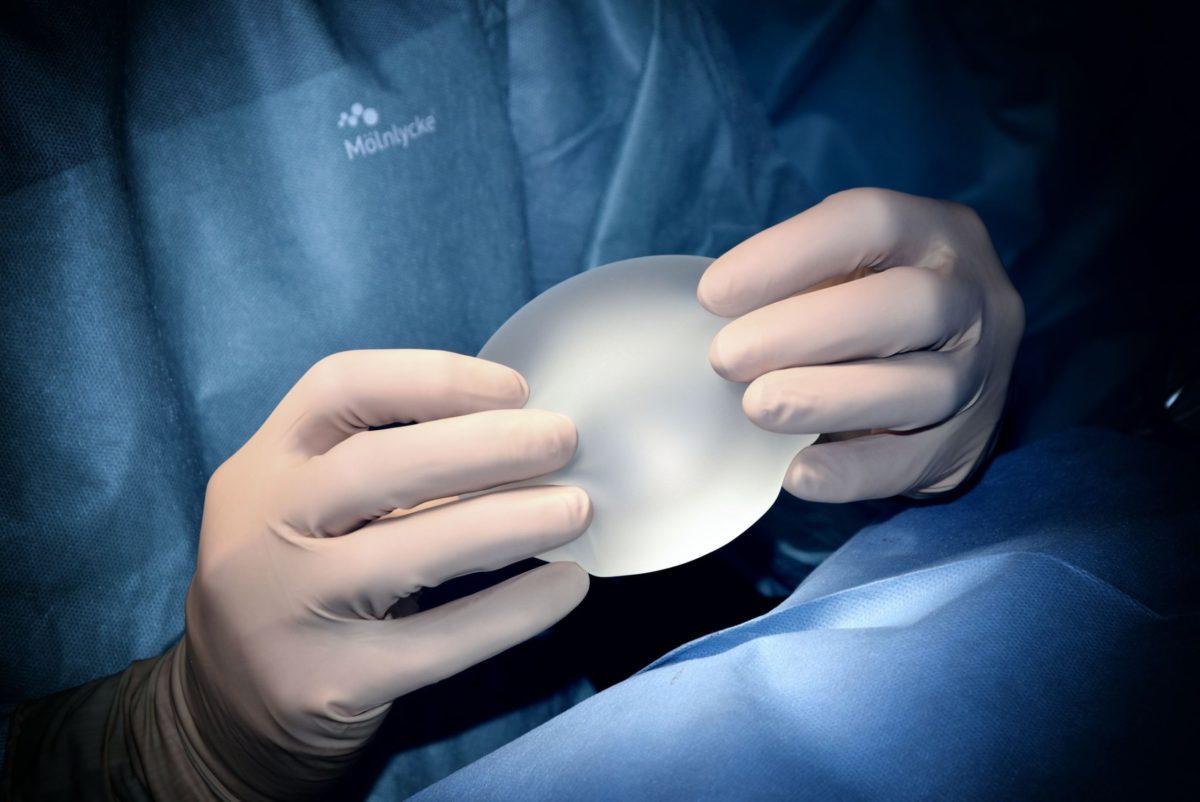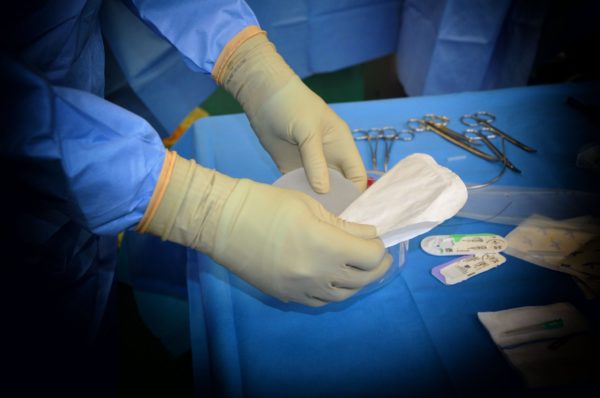Rhinoplasty
Rhinoplasty is normally performed under a general anaesthetic unless you only require the tip to be changed. However, some surgeons will perform rhinoplasty under local anaesthetic with ‘twilight’ IV sedation.
Closed rhinoplasty
Standard rhinoplasty surgery can be performed via incisions made inside your nose.
Open rhinoplasty
Open rhinoplasty involves making excisions on the outside to give the surgeon better access.
Changing the shape or length of the bridge and profile of the nose
To change the dimensions of the bones surgeons use special surgical chisels and hammers to break the bones.
Changing the shape of the tip of the nose
This is done at the same time as your rhinoplasty procedure unless you only require the tip changing. If this is the case this can be done via closed or open rhinoplasty and it is a much simpler procedure.
Ultrasonic or (piezoelectric) rhinoplasty
This form of rhinoplasty can only be performed via open rhinoplasty due to the device which uses ultrasound to vibrate tiny Piezoelectric (PEI) cutting and shaving tip inserts. This makes this method less popular due to the risk of visible scars.
Surgeons that advocate this method argue that it is gentler on the bone, removes the risk of injuring soft tissues, cartilages and due to elimination of the risk of radiating fracture lines, produces more accurate results. This method is normally recommended for revision surgery, although it can be used for primary rhinoplasty as well.
Nose implants
Nose implants may be used during a rhinoplasty procedure if the profile needs to be made higher or during revision surgery to provide extra support to the nose. They can be made from synthetic materials including silicone, silitex, medpor, Gore-Tex and PHDPE polymer. Consultants may also make them from your own cartilage or bone which can be taken from your fascia, ears, ribs and occasionally the septal cartilage is also used.
Liquid Rhinoplasty
This is still very new and long term results are difficult to ascertain. Your surgeon will use fillers including, hyaluronic acid fillers such as Restylane and Juvederm or calcium hydroxyapatite such as Radiesse, to reshape your nose. There is no recovery time required and the effects can be very noticeable with high satisfaction rates reported.
Recovering after Rhinoplasty
When the bone has been broken you will need to wear a cast for 4 weeks to enable it to heal in the correct position. When only the tip has been operated on you will not need a cast. You will be able to see a significant difference as soon as the cast is removed. However, the swelling will continue to subside over the next 3 months and you will see changes over this period. Residual swelling may take up to a year to completely disappear.
Revision (secondary) Rhinoplasty
Revision rhinoplasty is not uncommon and may be needed if your:
Bones do not heal correctly
You desire a narrower bridge or more reduction to the profile
You desire a wider bridge or more height to the profile
You desire a smaller or different shape to the tip and, or nostrils
The general consensus is you should wait a minimum of 6 months before having revision rhinoplasty. This is necessary to decrease the risk of radiating fracture lines and, or the bones not healing correctly; resulting in an undesirable outcome and making your nose more susceptible to breaking from impact.
Risks and complications
Infection
Bones don’t set correctly
Necrosis (death of skin cells)
Undesirable outcome




